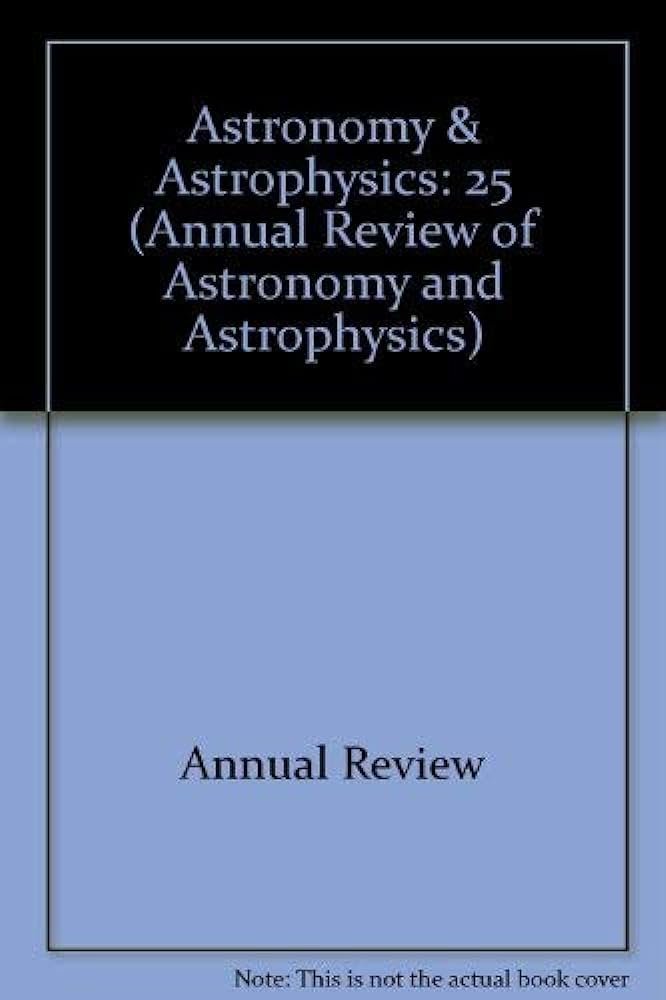Magnetic Field Diagnostics in the Solar Upper Atmosphere
IF 32.5
1区 物理与天体物理
Q1 ASTRONOMY & ASTROPHYSICS
Annual Review of Astronomy and Astrophysics
Pub Date : 2022-06-02
DOI:10.1146/annurev-astro-041122-031043
引用次数: 11
Abstract
The magnetic field is the main driver of the activity in the solar upper atmosphere, but its measurement is notoriously difficult. In order to determine the magnetic field in the chromosphere, transition region, and corona, we need to measure and interpret the polarization signals that the scattering of anisotropic radiation and the Hanle and Zeeman effects introduce in the emitted spectral line radiation. A number of recent advances have activated the development of this research field. ▪ The quantum theory of the generation and transfer of polarized radiation explains allows us to explain the polarization signals observed in chromospheric and coronal lines and to make successful predictions in unexplored spectral regions. ▪ The development of diagnostic techniques for the solar upper atmosphere has served to improve our empirical knowledge of the magnetic field in a variety of plasma structures, as well as to pave the way for their application to the unprecedented data that the new generation of solar telescopes are expected to provide. However, further improvements are required. ▪ The CLASP suborbital experiments have opened a new diagnostic window, namely ultraviolet (UV) spectropolarimetry as a tool for probing the magnetism and geometry of the upper chromosphere and transition region. A space telescope equipped with a UV spectropolarimeter would lead to major advances in our empirical understanding of solar magnetism. Expected final online publication date for the Annual Review of Astronomy and Astrophysics Volume 60 is August 2022. Please see http://www.annualreviews.org/page/journal/pubdates for revised estimates.太阳高层大气中的磁场诊断
磁场是太阳高层大气活动的主要驱动力,但其测量是出了名的困难。为了确定色球层、过渡区和日冕中的磁场,我们需要测量和解释各向异性辐射的散射以及Hanle和Zeeman效应在发射的谱线辐射中引入的极化信号。最近的一些进展促进了这一研究领域的发展。▪ 偏振辐射产生和转移的量子理论使我们能够解释在色球层和日冕线中观察到的偏振信号,并在未探索的光谱区域做出成功的预测。▪ 太阳高层大气诊断技术的发展有助于提高我们对各种等离子体结构中磁场的经验知识,并为其应用于新一代太阳望远镜有望提供的前所未有的数据铺平道路。然而,还需要进一步改进。▪ CLASP亚轨道实验打开了一个新的诊断窗口,即紫外线(UV)光谱偏振法,作为探测上层色球层和过渡区磁性和几何结构的工具。配备紫外分光偏振仪的太空望远镜将使我们对太阳磁性的经验理解取得重大进展。《天文学和天体物理学年度评论》第60卷预计最终在线出版日期为2022年8月。请参阅http://www.annualreviews.org/page/journal/pubdates用于修订估算。
本文章由计算机程序翻译,如有差异,请以英文原文为准。
求助全文
约1分钟内获得全文
求助全文
来源期刊

Annual Review of Astronomy and Astrophysics
地学天文-天文与天体物理
CiteScore
54.80
自引率
0.60%
发文量
14
期刊介绍:
The Annual Review of Astronomy and Astrophysics is covers significant developments in the field of astronomy and astrophysics including:The Sun,Solar system and extrasolar planets,Stars,Interstellar medium,Galaxy and galaxies,Active galactic nuclei,Cosmology,Instrumentation and techniques,
History of the development of new areas of research.
 求助内容:
求助内容: 应助结果提醒方式:
应助结果提醒方式:


